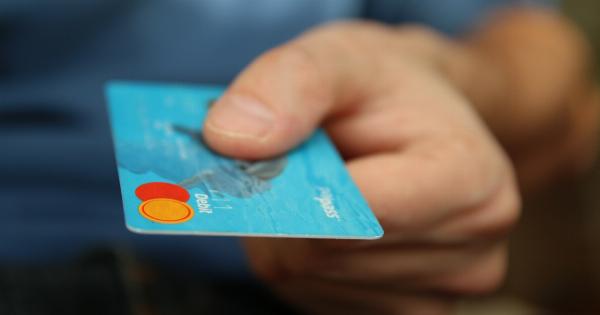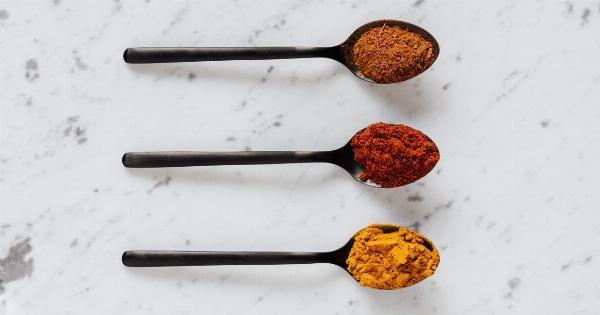Liposuction, also known as lipoplasty or body contouring surgery, is a cosmetic procedure that removes excess fat deposits from various parts of the body. It is commonly performed on areas such as the abdomen, thighs, arms, buttocks, hips, and neck.
This procedure aims to reshape and improve the body’s contours, resulting in a more proportionate and aesthetically pleasing appearance.
How Does Liposuction Work?
Liposuction is typically performed using a suction technique combined with small incisions. The surgeon inserts a thin, hollow tube known as a cannula through the incisions to loosen and remove the targeted fat deposits.
The cannula is connected to a vacuum device that gently suctions out the fat cells.
Types of Liposuction
There are several different types of liposuction techniques available today. The appropriate technique for each patient depends on their unique needs and desired outcomes. Some common types of liposuction include:.
Tumescent Liposuction
Tumescent liposuction is the most common form of liposuction. It involves injecting a specialized solution into the targeted area before the fat removal process.
This solution contains a mixture of lidocaine (a local anesthetic) and epinephrine (a drug that constricts blood vessels), which helps to numb the area and minimize bleeding during the procedure.
Ultrasound-Assisted Liposuction (UAL)
Ultrasound-assisted liposuction (UAL) employs the use of ultrasound energy to liquefy the fat cells. This technique makes it easier for the surgeon to remove the fat, especially in areas with dense or fibrous fat deposits.
UAL is often preferred for areas such as the back, male breast reduction, and enlarged male chest. There are two types of UAL: external and internal.
Power-Assisted Liposuction (PAL)
Power-assisted liposuction (PAL) involves the use of a vibrating cannula to break up the fat cells for easier removal. The mechanical motion of the cannula helps the surgeon effectively target and remove the excess fat.
PAL is particularly beneficial when treating larger areas or tougher fat deposits.
Laser-Assisted Liposuction (LAL)
Laser-assisted liposuction (LAL) utilizes laser technology to liquefy the fat cells before removal. The focused laser energy breaks down the fat for easier suctioning.
LAL has the added benefit of stimulating collagen production, which can result in tighter, smoother skin in the treated area.
CoolSculpting
CoolSculpting, also known as cryolipolysis, is a non-surgical alternative to traditional liposuction. It involves freezing the fat cells in the targeted area, causing them to die off and be naturally eliminated by the body over time.
CoolSculpting is a popular choice for individuals seeking a non-invasive fat reduction treatment.
Who is a Candidate for Liposuction?
Liposuction is not a weight-loss solution, but rather a body contouring procedure. It is most effective for individuals who are close to their ideal body weight and have localized areas of excess fat that are resistant to diet and exercise.
Candidates for liposuction should be in good overall health, have realistic expectations, and be committed to maintaining a healthy lifestyle after the procedure.
The Liposuction Procedure
Prior to undergoing liposuction, patients will have a detailed consultation with their surgeon to discuss their goals and expectations.
The surgeon will evaluate the patient’s overall health, assess the areas to be treated, and explain the procedure, risks, and expected outcomes.
On the day of the procedure, the patient will be given anesthesia, typically through intravenous sedation or general anesthesia. The surgeon will then make small incisions in inconspicuous areas near the targeted treatment sites.
Using the chosen liposuction technique, the surgeon will carefully insert and manipulate the cannula to break up and suction out the excess fat cells.
The incisions are then closed, and the patient may be fitted with compression garments to help reduce swelling and support the healing process.
Liposuction Results and Recovery
The initial results of liposuction may be visible immediately after the procedure, but final results are typically seen after several weeks or months, once the swelling has subsided.
The exact recovery period varies depending on the extent of the liposuction and the individual’s healing response.
Most patients are able to return to work and normal activities within a few days to a week, but strenuous exercise and heavy lifting should be avoided for several weeks to ensure proper healing.
The surgeon will provide detailed post-operative care instructions tailored to each patient’s specific needs.
Benefits of Liposuction
Liposuction offers several benefits to those who are seeking body contouring and fat reduction. Some key advantages of liposuction include:.
- Removal of stubborn fat deposits
- Improved body proportions and contours
- Enhanced self-confidence and body image
- Long-lasting results with a healthy lifestyle
- Potential skin tightening benefits
Risks and Considerations
Like any surgical procedure, liposuction does carry some risks and considerations. It is essential for patients to fully understand these potential risks before deciding to undergo the procedure. Some common risks of liposuction include:.
- Infection
- Bleeding
- Fluid accumulation
- Poor wound healing
- Irregular contours or asymmetry
- Changes in skin sensation
- Scarring
Prior to the procedure, patients should discuss their medical history, current medications, and any concerns with their surgeon to ensure a safe and successful outcome.
Choosing a Qualified Liposuction Surgeon
When considering liposuction, it is crucial to choose a qualified and experienced surgeon. The surgeon should be board-certified in plastic surgery and have a proven track record of successful liposuction procedures.
It is recommended to schedule consultations with multiple surgeons to find the best fit and ensure that all questions are answered satisfactorily before making a decision.
Conclusion
Liposuction is a popular cosmetic procedure that can effectively remove excess fat deposits and improve body contours.
By understanding the different techniques, risks, and considerations associated with liposuction, individuals can make informed decisions about this body contouring procedure. Remember, liposuction is not a substitute for weight loss or a healthy lifestyle, but it can help individuals achieve their desired body shape when used in conjunction with these practices.





















